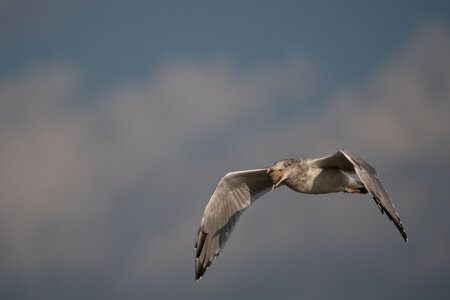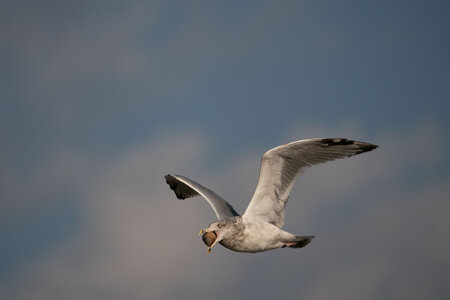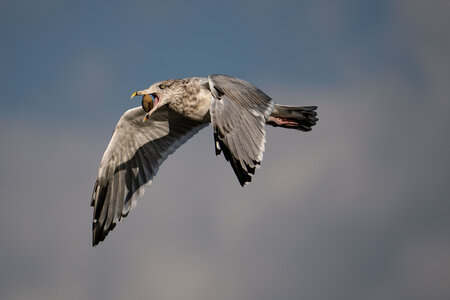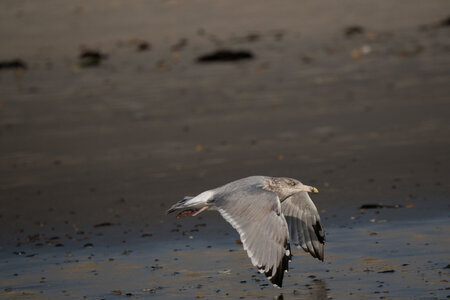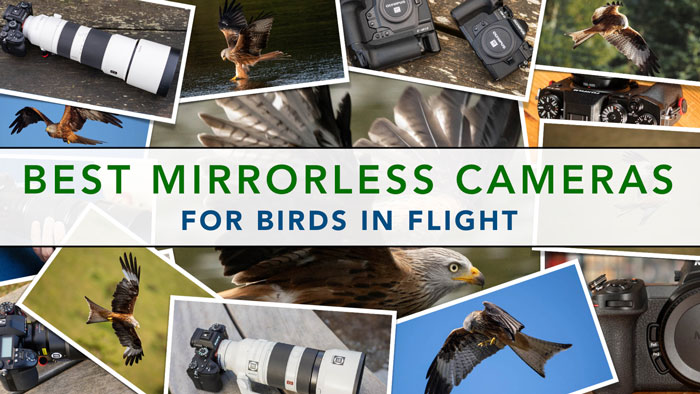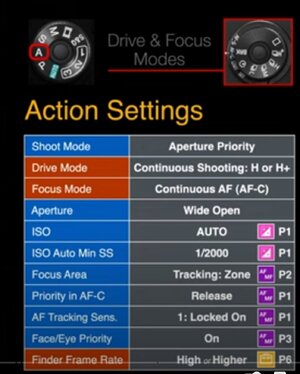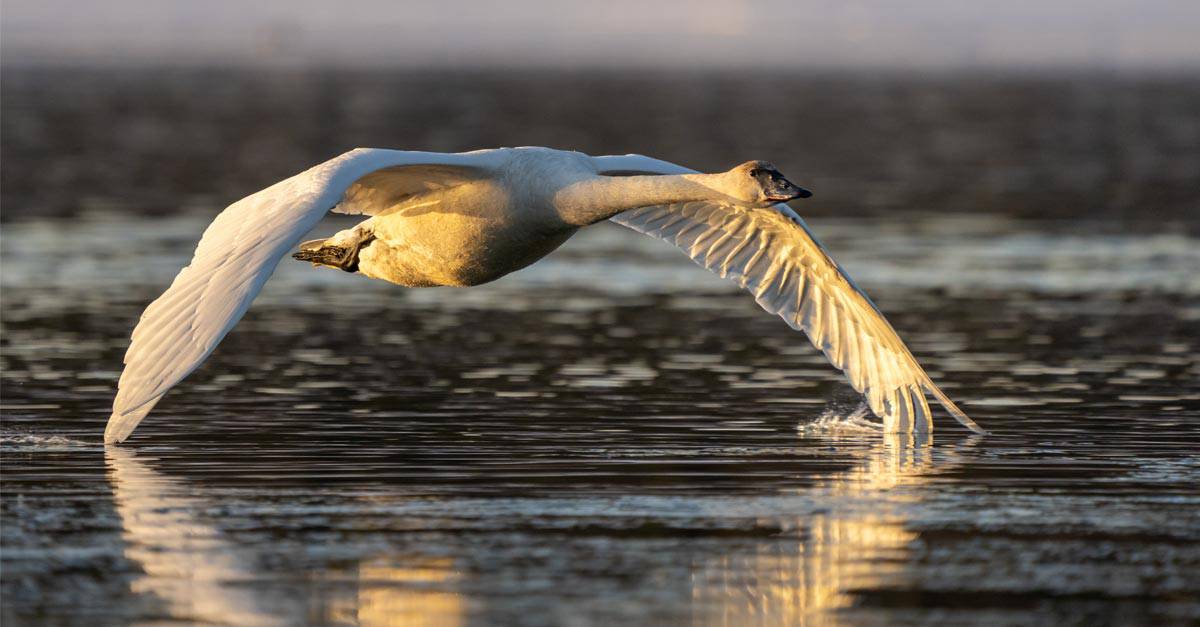GracieAllen
Well Known Member
- Followers
- 1
- Following
- 0
- Joined
- Jun 14, 2022
- Posts
- 102
- Likes Received
- 12
- Name
- David Perez
I've been using the alpha 1 for about 6 months or so, and mostly I've gotten my head around the huge differences between my Nikon D500/D850 setup, and the new one.
BUT, a recent experience with Sandhill Cranes has me questioning my technique - LOTS, AND LOTS AND LOTS - thousands - OF SOFT IMAGES! Seems like anything over some distance just isn't sharp. Not sure WHAT the distance is, but I'd guess maybe 20 or 30 yards?
My typical setup is Alpha 1, Sony 200-600, manual mode, 1/2000 or 1/2500, f8, auto-iso 100-6400 and crop mode (so a 900mm equivalent). I generally keep the 1.4X off the camera unless there's a LOT of light and I really need it. If there's not enough light, turn down shutter speed. Steady Shot on (I WAS in "1", but I'm going to try 2 or 3 this time), face/eye focus set to birds, tracking on. Focus areas can switch between Zone and small spot using AF-ON button (yes, I'm using AF on the shutter button). Metering is almost always matrix or pattern or whatever Sony calls it because using the spot meter linked to the focus point causes about a 2/3 stop under exposure - other shooters have reported the same thing. And yes, I COULD put in +.7 on exposure compensation, but normally the matrix metering works well. The vast majority of shooting birds is either from a beanbag in the window or using a monopod, so I'm not trying to
I"m not sure what else is relevant in my configuration, but let me know if I"m missing something.
BUT, how are y'all who are being successfully capturing good, sharp images of birds like cranes, herons, egrets, eagles, etc., doing your focusing? Do you use Wide? Zone with tracking to get they eye? Do you use the small spot even with birds far away? My setup seems pretty good with birds that are closer, where I'd expect any motion errors to be magnified. And almost always very poor with birds at a distance.
I hope to have a chance to try ideas y'all throw out over the next several weeks, so how are you successful shooters doing it?
BUT, a recent experience with Sandhill Cranes has me questioning my technique - LOTS, AND LOTS AND LOTS - thousands - OF SOFT IMAGES! Seems like anything over some distance just isn't sharp. Not sure WHAT the distance is, but I'd guess maybe 20 or 30 yards?
My typical setup is Alpha 1, Sony 200-600, manual mode, 1/2000 or 1/2500, f8, auto-iso 100-6400 and crop mode (so a 900mm equivalent). I generally keep the 1.4X off the camera unless there's a LOT of light and I really need it. If there's not enough light, turn down shutter speed. Steady Shot on (I WAS in "1", but I'm going to try 2 or 3 this time), face/eye focus set to birds, tracking on. Focus areas can switch between Zone and small spot using AF-ON button (yes, I'm using AF on the shutter button). Metering is almost always matrix or pattern or whatever Sony calls it because using the spot meter linked to the focus point causes about a 2/3 stop under exposure - other shooters have reported the same thing. And yes, I COULD put in +.7 on exposure compensation, but normally the matrix metering works well. The vast majority of shooting birds is either from a beanbag in the window or using a monopod, so I'm not trying to
I"m not sure what else is relevant in my configuration, but let me know if I"m missing something.
BUT, how are y'all who are being successfully capturing good, sharp images of birds like cranes, herons, egrets, eagles, etc., doing your focusing? Do you use Wide? Zone with tracking to get they eye? Do you use the small spot even with birds far away? My setup seems pretty good with birds that are closer, where I'd expect any motion errors to be magnified. And almost always very poor with birds at a distance.
I hope to have a chance to try ideas y'all throw out over the next several weeks, so how are you successful shooters doing it?

